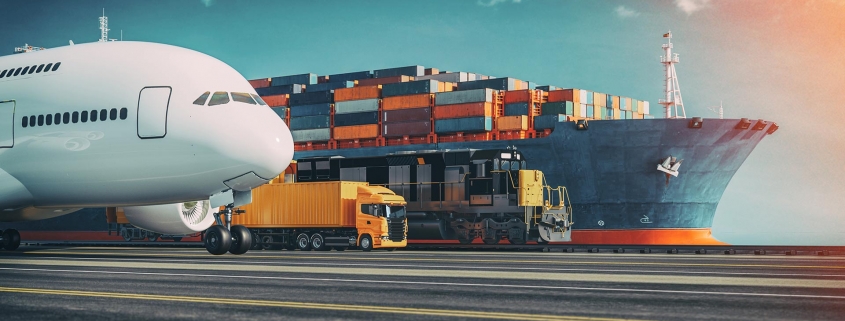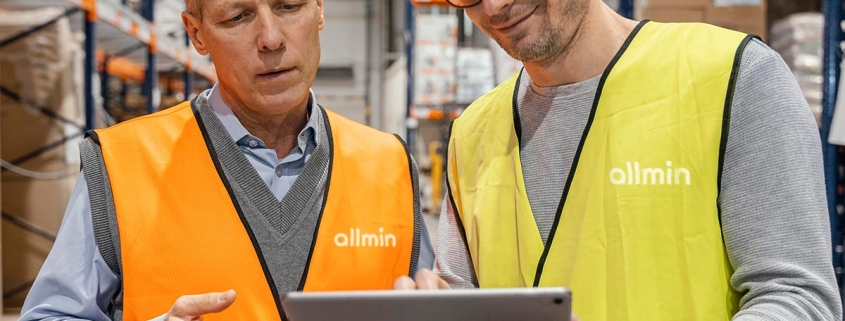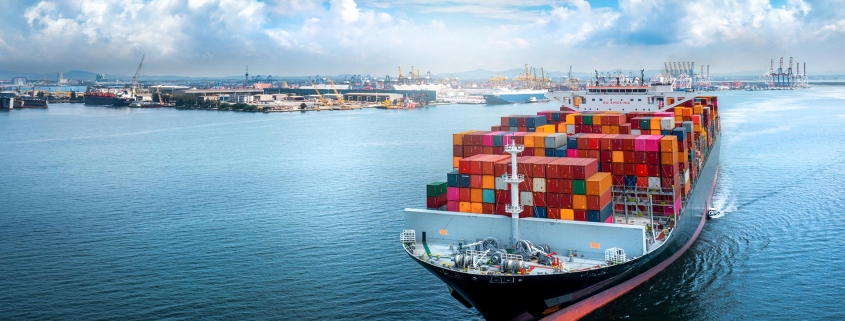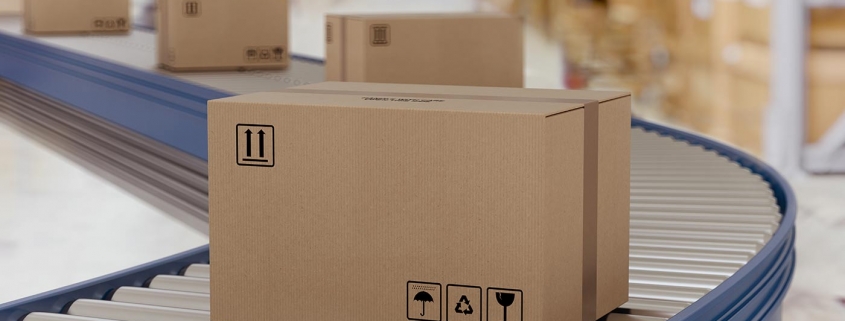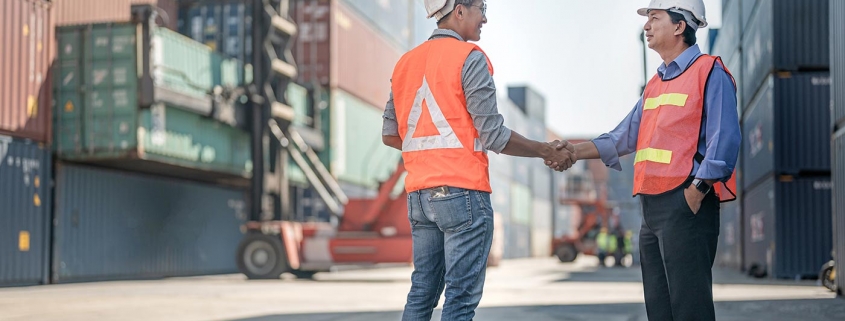Hello everyone! Today, we’re going to unveil a highly anticipated topic: Global Supply Chain Financial Solutions. In international logistics, supply chain finance plays a crucial role in providing financial support and risk management for cross-border trade. Next, I will introduce some popular global supply chain financial solutions.
First, let’s talk about supply chain financing. Supply chain financing is a way of providing funds through various stages of the supply chain. For example, the core company can enter into financing agreements with suppliers, prepaying for goods and helping suppliers overcome financial pressures, ensuring a smooth supply chain.
Second, supply chain receivables financing is another popular financial solution. This type of financing allows businesses in the supply chain to transfer their receivables to financial institutions to obtain immediate funds. This helps businesses better manage cash flow issues, improve liquidity, and accelerate business growth.
Furthermore, supply chain factoring is a widely used financial solution. Through supply chain factoring, businesses can transfer their receivables to factoring companies, gaining access to funds while outsourcing receivables collection and risk management to professional institutions. This reduces financial pressure and risk for businesses while enhancing the efficiency and reliability of the supply chain.
Lastly, we need to mention the application of supply chain blockchain technology. Blockchain technology offers decentralized, transparent, and tamper-proof features, enhancing the security and trustworthiness of supply chain finance. Through blockchain, businesses can achieve more efficient supply chain financial transactions, reduce fraud and risk, and improve the sustainability of the entire supply chain.
In summary, global supply chain financial solutions include supply chain financing, supply chain receivables financing, supply chain factoring, and the application of supply chain blockchain technology. These solutions provide opportunities for financial support, risk management, and business optimization. I hope this information inspires you! Thank you for watching!
#GlobalSupplyChainFinance #SupplyChainFinancing #ReceivablesFinancing #SupplyChainFactoring #BlockchainTechnology #InternationalLogistics

